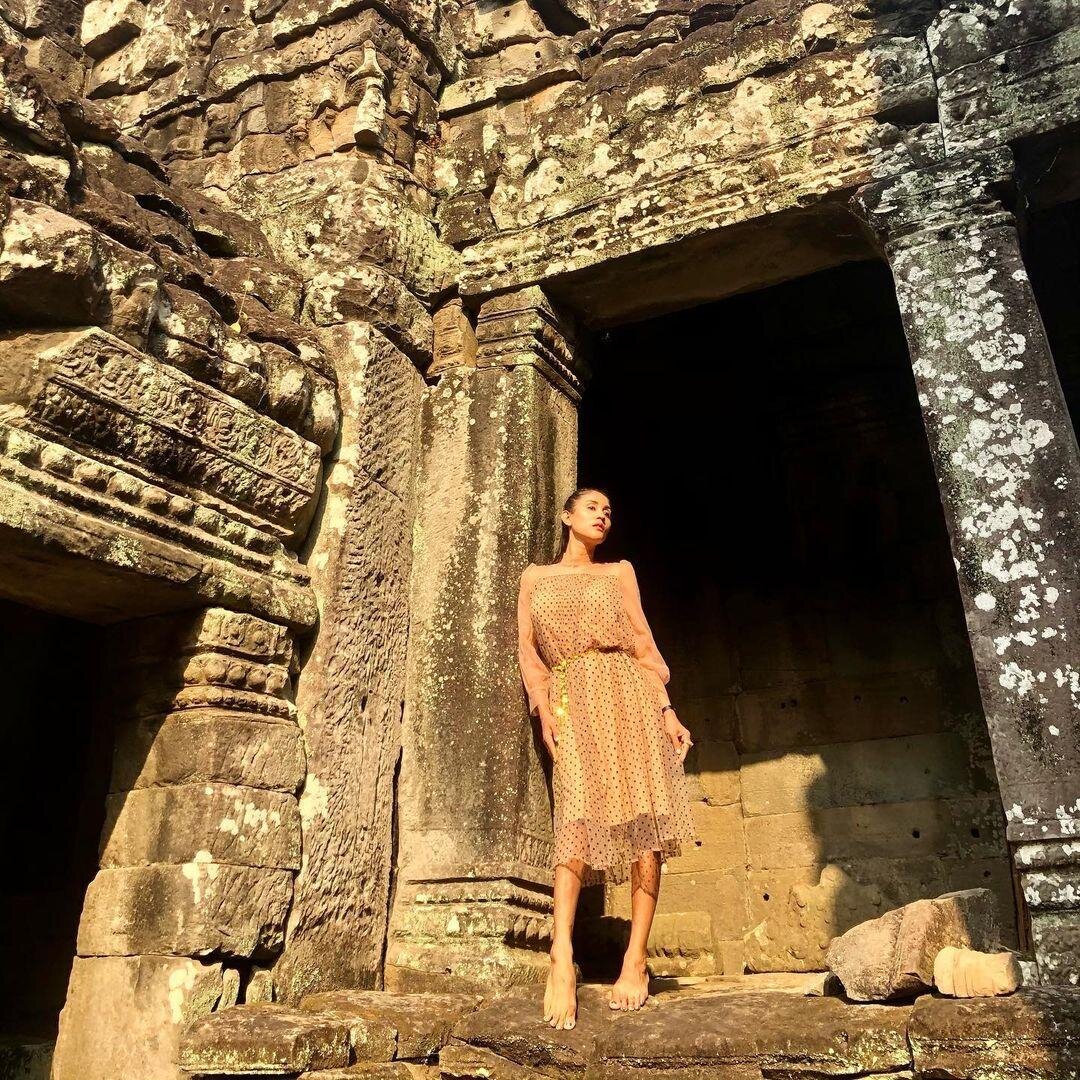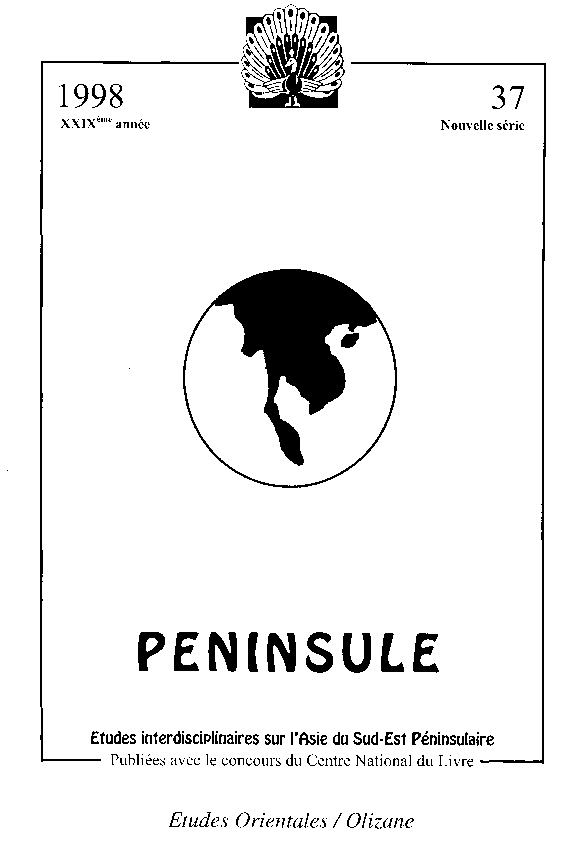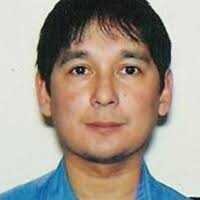While scholars and researchers have usually looked for a Sanskrit or Pali etymology to the word Khmer (ខ្មែរ in modern language), the author offers a different approach, researching root words amongst the Austroasiatic linguistic group, to which Khmer language belongs, and particularly Mon-Khmer idioms.
Oral and scriptural traditions have vinculated the term Cambodia to Kambuja, Sanskrit name (कम्बोज) of an ascetic monk who sired the nation with a local female deity. Attempts to link that name to the Kambojas, a tribe of Iron Age India that became one of the sixteen Mahajanapadas (great kingdoms) of ancient India and fought against Alexander the Great, have not been conclusive.
But this etymology does not apply to the word Khmer. And as for the possible Pali origin, from khemara, “the one who lives in well-being”, the author shows that this guesswork was based on the Siamese distortion of the word Khmer into Khamen.
After considering several possible origins, traceable in various Mon-Khmer languages, the author asserts that ‘Khmer’ initially meant “celui qui essarte (pour créer un champ)”, “ground-clearer”, thus establishing its identity as a resolutely agrarian ethnic group.
In appendix, the author lists the earliest occurrences of different forms for the ethnonym Khmer:
- Kvir (L. Finot), kmir or kur (E. Aymonier) in Old Cham epigraphy, as early as the 11th century.
- Kemir in Old Javanese (in an inscription dated 1305 CE by Zoetmulder).
- Ki-miei, ki-mieh, kiêt-miêt or kao-mien in Chinese sources, also pronounced ji-mie in Southern China (modern pronounciation?).
- Qmar, qmaar, qimar, qimir, q’umar, qmayr in Arabic as early as early as the 9th and 10th centuries. [ADB Input: Gabriel Ferrand transcribes Kimar. In modern Arabic,الخمير, Al Khamir. But quoting the Arab traveler Ibn Sa’id, Ferrand also uses قمور, Komr or Komor, and comments: “Les Komr apparentés aux Chinois = Khmèr’ qui habitaient initialement l’Extrême-Orient, émigrent successivement de l’intérieur du continent où ils étaient voisins des Chinois, dans les îles voisines = Indo-Chine, péninsule malaise et Indonésie; dans la grande île qui porte leur nom, l’île de Komr ou Komor, capitale Komoriyya = Madagascar; et de là, dans le pays de la montagne Komr = Afrique orientale. Il est fait dans le texte de Ibn Sa’ïd, nettement mention d’un habitat des Komr avec les Chinois dans l’intérieur de l’Asie orientale, puis d’une descente vers les côtes, la mer et les îles; de la colonisation d’une grande île et enfin d’une dernière émigration sur le continent de la montagne Komr.” (pp 318 – 19)]



